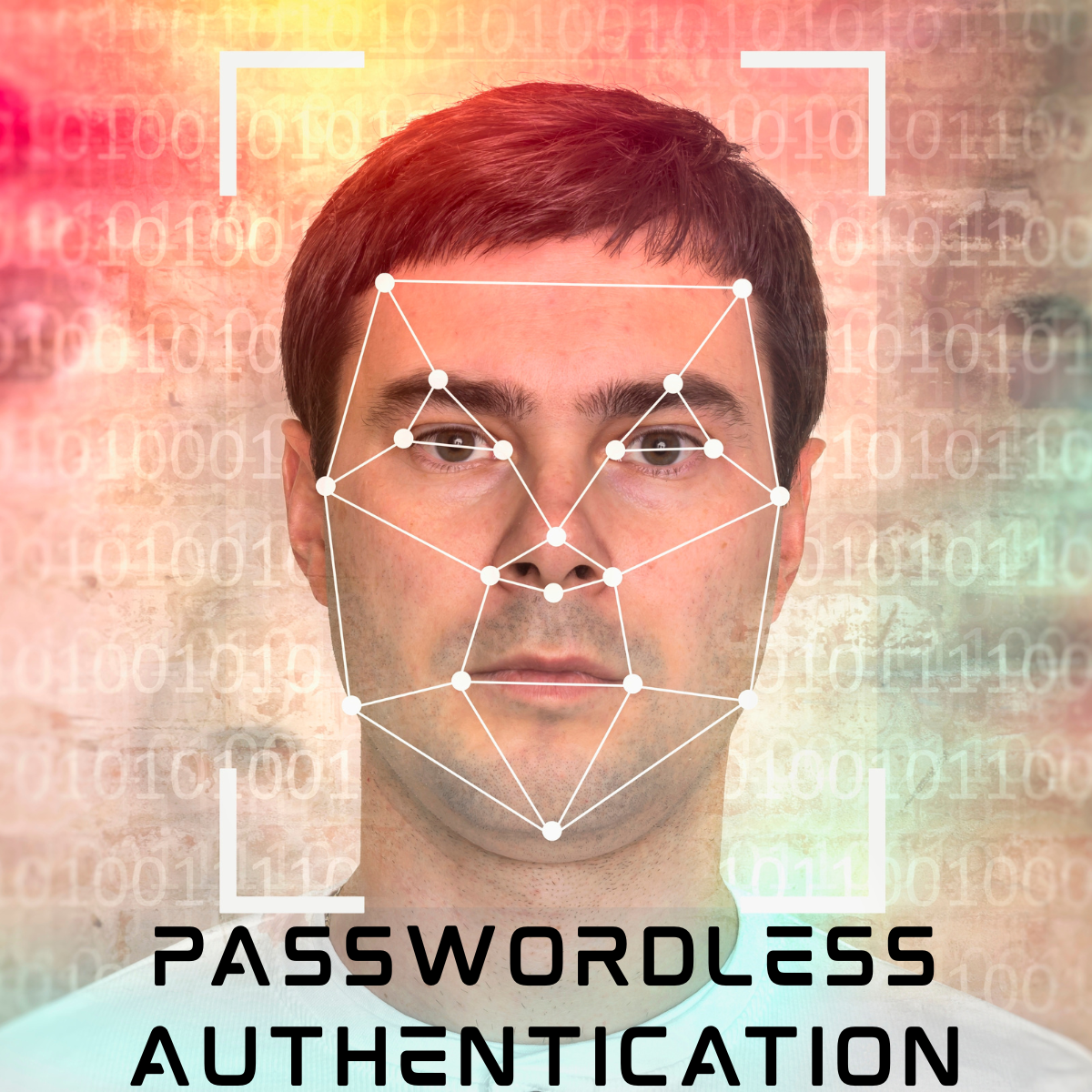Posted At: Aug 18, 2025 - 267 Views

🔐 The Future of Passwordless Authentication
The world is moving toward a passwordless future—one where clunky, insecure passwords are replaced by smarter, faster, and more secure authentication methods. For decades, passwords have been the cornerstone of digital security, yet they remain one of the weakest links. People often reuse simple passwords across platforms, fall victim to phishing, or struggle with remembering complex combinations.
Passwordless authentication offers a solution by verifying users’ identities without requiring traditional passwords. Instead, methods like biometrics, one-time codes, and security tokens provide stronger security while improving the user experience.
💥 Benefits of Passwordless Authentication
1. Enhanced Security
Passwords are often compromised through phishing, brute-force attacks, or credential stuffing. Passwordless authentication reduces these risks significantly by removing the password itself from the equation.
- Biometric identifiers like fingerprints or facial scans are unique to each individual and harder to steal.
- Hardware tokens and cryptographic keys add strong protection against unauthorized access.
By eliminating password-based vulnerabilities, organizations can better safeguard sensitive data.
2. Improved User Experience
Passwordless authentication makes digital access frictionless. Instead of remembering multiple complex passwords or dealing with frequent resets, users can log in with a fingerprint, face scan, or a quick confirmation on their phone.
This streamlined process reduces frustration and enhances customer satisfaction—critical for organizations aiming to improve digital engagement.
3. Reduced IT Costs
Password-related issues represent a large share of help desk calls, costing businesses both time and money. By removing the reliance on passwords, companies can cut operational costs tied to resets and strengthen security practices simultaneously.
💥 Key Technologies Driving Adoption
1. Biometric Authentication
Biometrics such as fingerprint scanning, facial recognition, and iris scanning are increasingly common across devices. These methods leverage unique physical traits for secure and convenient access, making them one of the most trusted forms of passwordless login.
2. FIDO Standards
The Fast Identity Online (FIDO) Alliance has developed open authentication standards that rely on public-key cryptography instead of shared secrets.
- FIDO2 enables passwordless login across devices and browsers using smartphones, hardware keys (like YubiKeys), or built-in device authenticators.
- It provides interoperability, scalability, and strong protection against phishing.
3. Multi-Factor Authentication (MFA)
While passwordless, many implementations still incorporate multiple authentication layers to enhance security. For example, a biometric scan paired with a hardware key provides both convenience and resilience against attacks.
4. Mobile Authentication Apps
Apps like Microsoft Authenticator, Google Authenticator, and Authy allow users to approve login requests or generate time-based codes directly on their smartphones. These apps are key to passwordless adoption, combining security with ease of use.
🌍 Building Trust in Passwordless Systems
For passwordless authentication to become mainstream, organizations must foster user trust and acceptance. This includes:
- Educating users on why passwordless is more secure than traditional passwords.
- Providing fallback options for users who may be hesitant to adopt new methods.
- Ensuring privacy by securing biometric data locally (on the device) rather than storing it in centralized databases.
By addressing these considerations, businesses can smooth the transition and encourage widespread adoption of passwordless solutions.
✅ Final Thoughts
Passwords are fading into history. In their place, AI-driven biometrics, cryptographic keys, and authentication apps are creating a future where login is both secure and effortless. Organizations that embrace passwordless authentication will not only reduce costs and risks but also deliver a far superior user experience.
🔮 The future of authentication is clear: passwordless, seamless, and secure.
